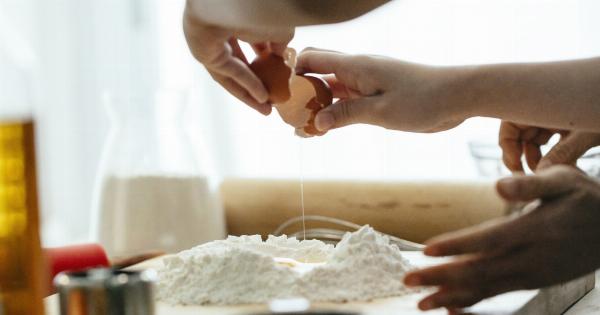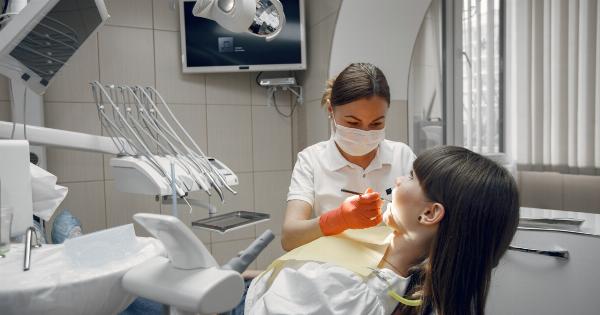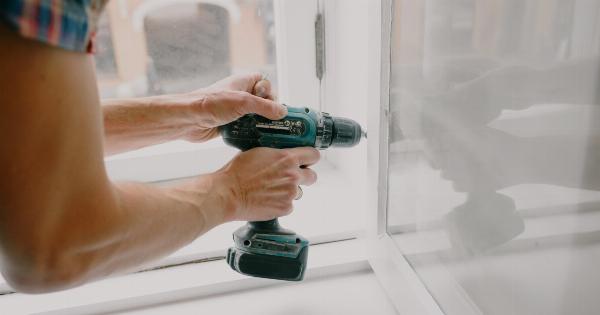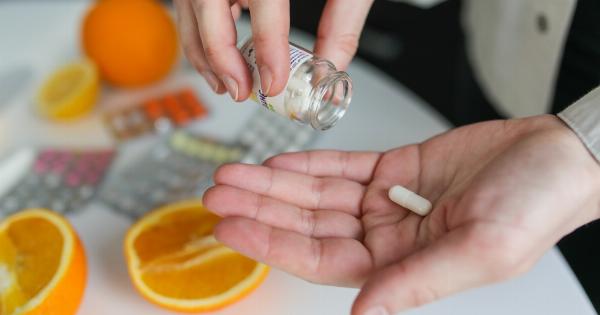Warts are a common skin condition that affects individuals of all ages and genders. These non-cancerous growths appear on various parts of the body and are caused by the human papillomavirus (HPV).
While anyone can develop warts, certain factors increase the likelihood of their occurrence. Understanding these risk factors can help individuals take preventive measures and minimize their chances of developing warts. Below are the top 5 risk factors associated with the development of warts:.
1. Direct Skin Contact
One of the primary ways warts spread is through direct skin contact with an infected person or contaminated surface. HPV can enter the body through small cuts, abrasions, or even via healthy-appearing skin.
Consequently, individuals who frequently come into contact with infected individuals or objects have a higher risk of developing warts.
2. Weakened Immune System
An individual’s immune system plays a crucial role in protecting the body against diseases, including HPV. People with weakened immune systems, such as those with HIV/AIDS or undergoing chemotherapy, are more susceptible to developing warts.
The immune system’s ability to fight off and control the HPV virus weakens, allowing warts to thrive and persist.
3. Age
Warts can develop at any age, but studies have shown that certain age groups are more prone to developing them.
Children and young adults are particularly susceptible to warts due to their less developed immune systems and increased likelihood of direct skin contact, for example, through shared toys or sports activities.
4. Skin-to-Skin Contact in Warm, Moist Environments
HPV tends to thrive in warm, moist environments, making certain areas on the body more conducive to the development of warts. These include swimming pools, saunas, gym locker rooms, and communal showers.
Engaging in skin-to-skin contact in these environments increases the risk of HPV transmission and subsequent wart formation.
5. Personal Hygiene and Skin Health
Individuals with poor personal hygiene habits and compromised skin health have an increased risk of developing warts. Not keeping the skin clean and dry can create an environment where warts are more likely to occur.
Additionally, individuals with damaged or broken skin are more susceptible to the entry of the HPV virus.
While these risk factors increase the likelihood of developing warts, it is worth noting that not everyone who is exposed to HPV will develop them.
Taking preventive measures and maintaining good hygiene practices can reduce the chances of contracting the virus. These include:.
1. Practicing Proper Hand Hygiene
Regularly washing hands with soap and water can help eliminate the virus from the skin’s surface, reducing the risk of warts. This is especially important after coming into contact with infected persons or places.
2. Avoiding Direct Skin Contact with Infected Individuals or Surfaces
Avoiding direct skin-to-skin contact with infected individuals or shared surfaces can significantly reduce the risk of HPV transmission. When using public facilities, such as gyms or pools, consider using protective footwear and towels.
3. Maintaining a Strong Immune System
Ensuring a strong immune system can help fight off infections, including HPV. This can be achieved through a healthy lifestyle, including a balanced diet, regular exercise, adequate sleep, and stress management.
4. Keeping Skin Clean and Dry
Regularly cleansing the skin with mild soap and drying thoroughly afterward can reduce the risk of warts. Paying special attention to areas that are prone to moisture buildup, such as the feet, can be particularly beneficial.
5. Avoiding Sharing Personal Items
To minimize the risk of HPV transmission, avoid sharing personal items such as towels, razors, or nail clippers. If sharing is necessary, ensure proper cleaning and disinfection of the items between uses.
By understanding the risk factors associated with the development of warts and implementing preventive measures, individuals can decrease their chances of contracting the virus.
While warts can be bothersome, they are typically non-life-threatening, and most cases can be treated or resolved with time. However, consultation with a healthcare professional is advised if the warts are painful, rapidly multiplying, or causing significant distress.































